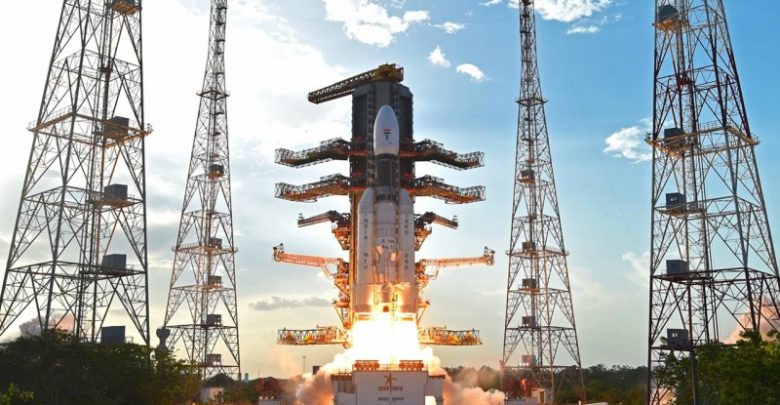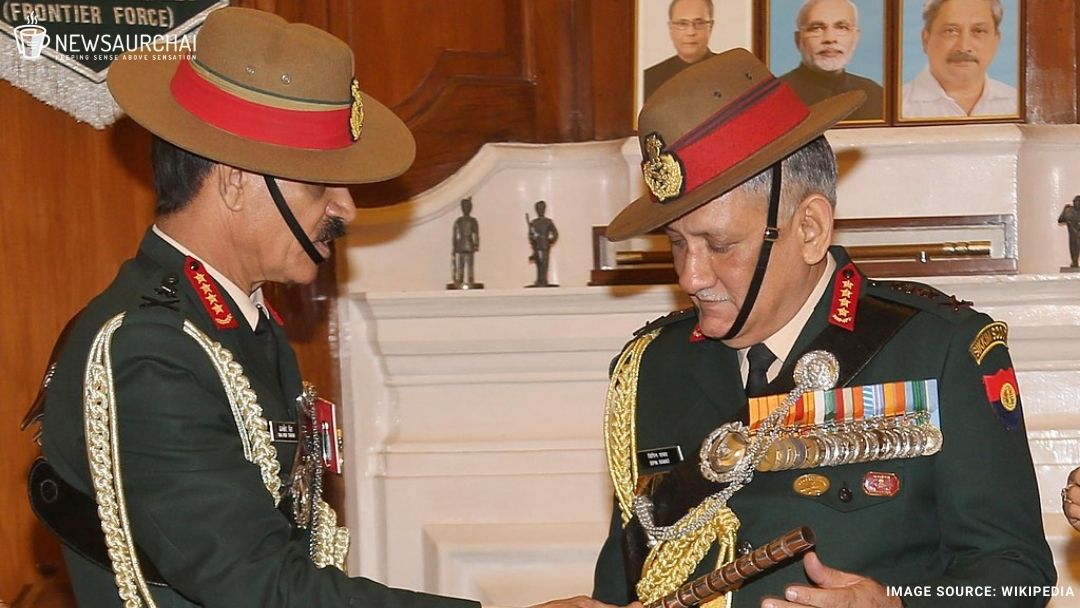
Indian Space Research Organisation (ISRO) launched the country’s heaviest rocket- Geosynchronous Satellite Launch Vehicle-Mark III (GSLV-Mk III) along with a communications satellite GSAT-19 on 5th June 2017.
The rocket weighs 640 tonnes and the communications satellite GSAT-19 is 3,136 kg. The mission’s success will enable India to launch four-tonne satellites on its own rocket instead of paying huge amounts of money to foreign space agencies to execute the operation.
The launch was the culmination of work done over decades. The GSLV- Mk III is intended to launch satellites into geostationary orbit and as a launcher for an Indian crew vehicle. The GSLV-III features an Indian cryogenic third stage and a higher payload capacity than the current GSLV. ISRO chairman A S Kiran Kumar described the launch as a step towards “self-reliance” for India in the launching of heavy satellites. The development of the rocket will enable ISRO to reduce dependency on European rockets for launching heavy communication satellites and will help the space agency position itself as an affordable provider of space launch facilities at a time of increasing privatization of the space launch and service business. The cryogenic upper stage in the GSLV Mk III rocket, called the C25 engine, is an improvement on C20 cryogenic engines used in the GSLV Mk II rockets which entered an operational phase in September 2016, after over 25 years of development, following the successful flight of the GSLV F05 with a 2,211-kg INSAT-3DR weather satellite. Developed by ISRO’s Liquid Propulsion Systems Centre, the C25 cryogenic engine carries more propellant (27 tonnes versus 12.5 tonnes) and higher engine thrust (19 tonnes versus 7.5 tonnes) when compared to the C20 cryogenic upper stage successfully tested on January 5, 2014. The GSLV Mk III is intended to launch heavy satellites in the four-tonne class into geostationary orbits — a capability ISRO lacks since the basic GSLV can carry only around 2.3 tonnes.
In the absence of heavy lift rocket technology, India has been relying on France for launching its communication satellites. India is among six nations, apart from the US, Russia, France, Japan, and China, to possess cryogenic engine technology- a key frontier in rocket science. The launch of GSLV Mk-III has propelled India towards a new age of space travel and communication. India proudly stands as a country which can launch its own rockets in space and is expected to be a major player in the satellite communication field.





